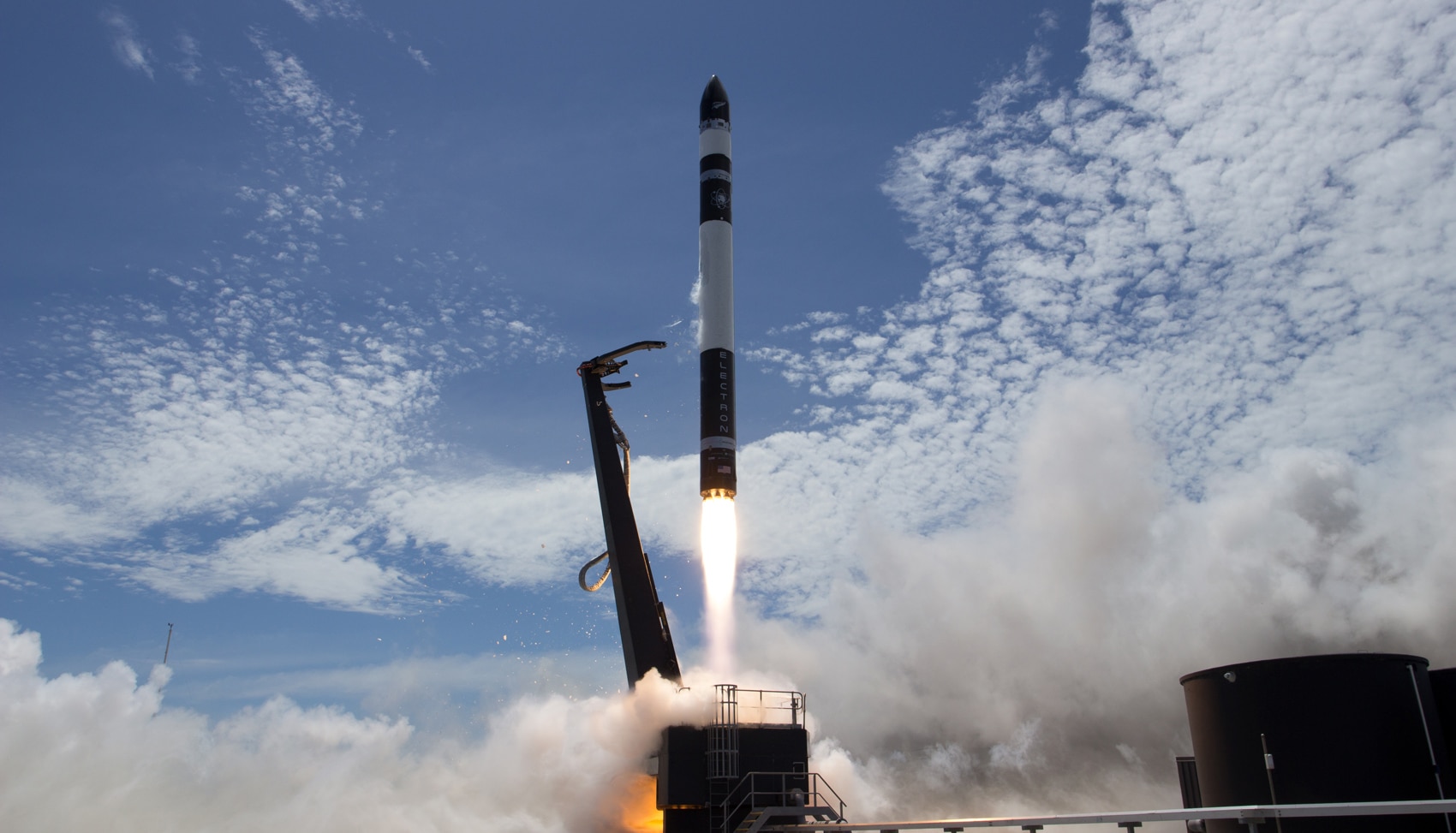Create a free profile to get unlimited access to exclusive videos, sweepstakes, and more!
The private space company Rocket Lab sends a rocket to orbit

On Sunday, January 21, 2018, the private company Rocket Lab successfully launched their Electron rocket into orbit.
This is an amazing achievement! This was only the second launch of the Electron, it was a test flight, and it was done from New Zealand. This makes that country one of only about a dozen across the planet that are or have been capable of launching a rocket into orbit, and Rocket Labs just the fourth private company to do it!
The Electron rocket launched on Sunday, dubbed Still Testing (I love that!), carried three small satellites: a Dove Pioneer by Planet Labs that will take images of Earth, and a pair of Lemur-2 sats by Spire Global that will monitor weather and ship movements.
Reading the stats for the rocket, I had to smile. If you're used to seeing the SpaceX Falcon 9 launches, the Electron seems small. At 17 meters long, it's less than half the height of just a Falcon 9 first stage. It's less than half the diameter, too. The thrust it generates is also far smaller than a Falcon 9; a single SpaceX Merlin engine delivers four times the thrust of the nine combined Electron's Rutherford engines.
But don't let any of that fool you. Comparing the two rockets is a little unfair; they're designed to do two very different things. The Falcon 9 lobs huge payloads into orbit and beyond, but the Electron is meant to only take up far smaller payloads into low-Earth orbit; the maximum amount it can put into orbit is about 225 kilograms (compared to the Falcon 9's 23-ton payload capability). That may not seem like much, but it's more than enough to loft small satellites like Cubesats, which literally can fit in the palm of your hand. These only have a mass of a few kilos, so they don't need the massive lift capability of a monster rocket.
This may seem like a niche market, but nanosatellites are a growing business. Though small, these birds can do an amazing amount of work. For their market, they have a lot of advantages over bigger satellites, too.
For the same cost, a company can build a fleet of smaller satellites that can be deployed from launches like this, as opposed to one big satellite. That makes them more robust; a single rocket launch failure doesn't end an entire project.
Launch costs are far, far less as well. A single Electron rocket ride only costs about $5 million, which is peanuts compared to a larger rocket launch (SpaceX charges about $60 million for a Falcon 9 launch). Another advantage is that as an Electron payload, you are the primary mission. A small satellite on a big rocket is generally a secondary payload, which complicates matters; you may not get the exact orbit you want, and you have to wait for the primary mission (or missions) to get everything ready before you can launch. With Electron, those aren't an issue.
Another advantage: launch cadence. Small rockets are easier and faster to build (Rocket Lab has several Electrons being manufactured right now) and can be launched at a faster pace. The company hopes to launch 50 per year and are rated to launch well over 100!
The launches are done from Rocket Lab's Launch Complex 1 on the Māhia Peninsula in northeast New Zealand. The company specializes in putting satellites into a special kind of orbit called a Sun-synchronous orbit. This is low-Earth orbit, at an altitude of about 500 km. It's a polar orbit, going mostly north/south instead of east/west. At that height, the non-spherical shape of the Earth tugs on the orbit, changing its plane, making the entire orbit itself rotate (technically, precess) by about 1° per day. Since the Earth goes around the Sun once every 365 days, you can tune this orbit to always be perpendicular to the direction to the Sun, keeping the satellite in sunshine 24 hours a day! It also means that when it looks down on the Earth, every day it sees the same part of the planet at the same time of day, so the illumination stays the same. That makes it easier to compare images taken at different times.
The Electron (like the Falcon 9) is a two-stage rocket; the first stage has nine engines, then is dropped so the upper stage and its single engine can complete the task of getting to orbit. The first test of an Electron (called It's a Test, hence the name of the second rocket) was in May 2017. That one got high enough to say it was in space after stage separation but failed to achieve orbit and was detonated by a range safety officer. This second launch went much more smoothly, obviously.
With this launch, New Zealand becomes a country that can put rockets into orbit, and only a handful can say that. Even fewer private companies can, too (SpaceX, Orbital ATK, and United Launch Alliance; Blue Origin may soon join them as well). This makes me very hopeful; not only are we as a species becoming more capable of space exploration, we're starting to diversify as well.
I was skeptical of the idea of small satellites at first, but I'm happy to see them being developed successfully. They're quite capable of a lot of science and other important work. It's not really a matter of trying to do everything a big satellite does, just in smaller chunks; they're different and have different capabilities. The market has grown hugely for them, and it's heartening to see a company step in to provide a dedicated launch vehicle.
My congratulations to Rocket Lab, and may we see lots more Electrons flowing in the future!














